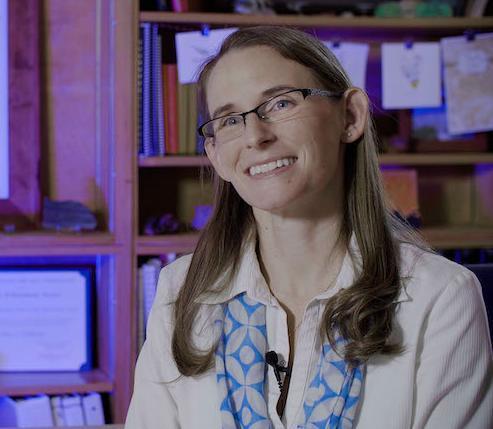Science Articles
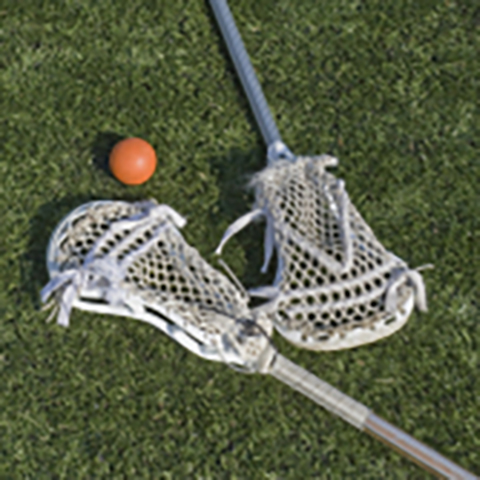
Female high school lacrosse players are significantly less likely to sustain concussions and other injuries if they wear headgear, a landmark study led by University of Florida Health researchers has found.
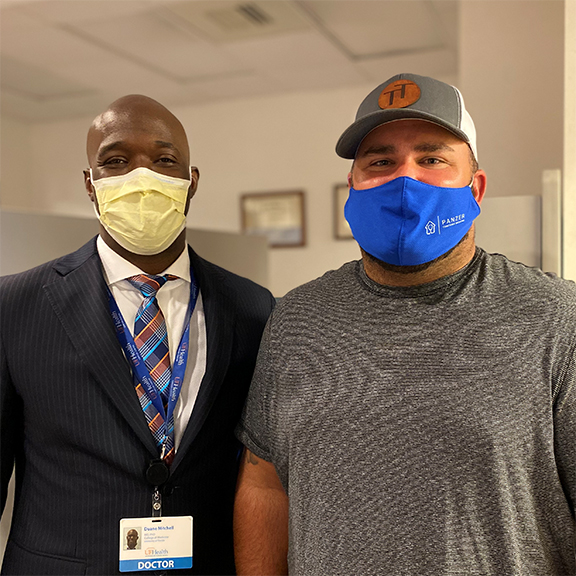
A vaccine-hesitant man and a UF Health doctor met one night at Spurrier's Gridiron Grille by chance. The two got to talking about the vaccine. After three hours of respectful conversation, a decision was made. Hear their story.
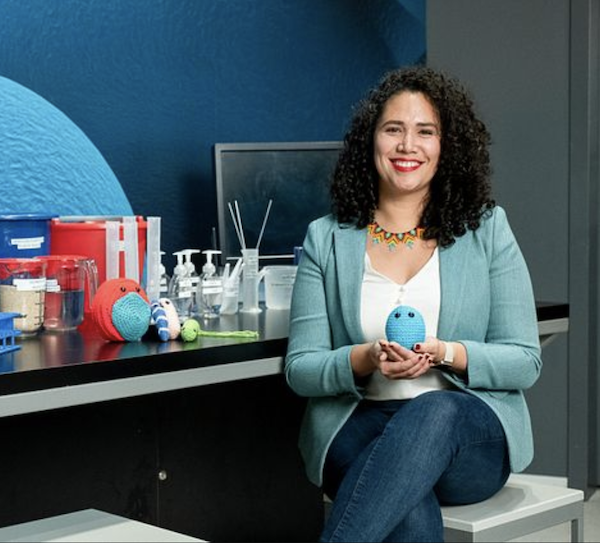
On biomedical engineer Ana Maria Porras’ Instagram, microbes that are typically invisible — and often unloved — are reimagined as cuddly, cute and crocheted.
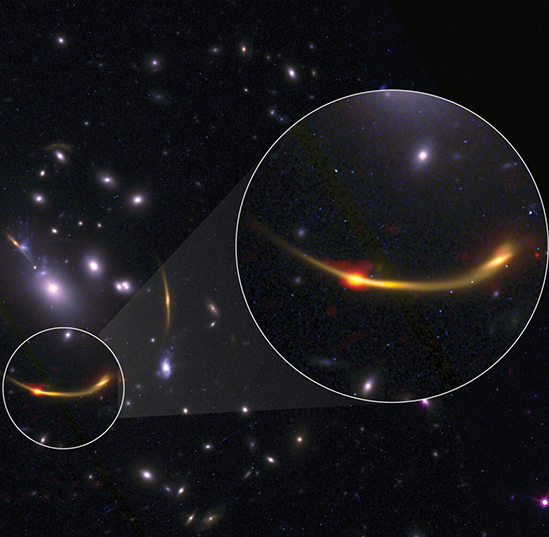
Why do some galaxies just fizzle while others of similar age and magnitude continue birthing stars? That’s a puzzle a University of Florida researcher is working with a multi-university team to try to solve.
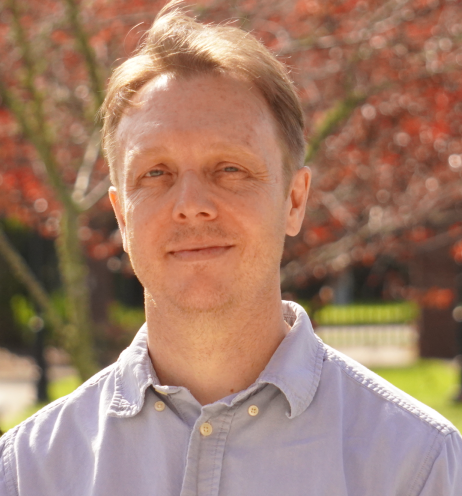
The UF Institute of Food and Agricultural Sciences and FAMU — a historically Black university and UF’s land-grant partner — will collaborate to recruit and retain traditionally underrepresented students in AI-related education and research.

Artificial intelligence and computer science researchers say getting machines to do the right thing has turned out to be relatively easy. But getting machines to do the right thing — the ethical thing — now that’s a different problem.
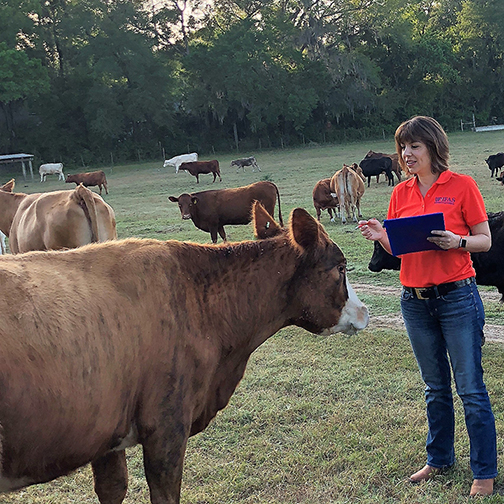
Now, two University of Florida scientists will use artificial intelligence to analyze millions of bits of genetic data to try to keep cattle cooler and thus, more productive.

A new study shows the eye size of birds can reveal broad patterns of their biology and behavior, including where they live, what they eat and how they hunt, providing a potential roadmap for future conservation efforts.
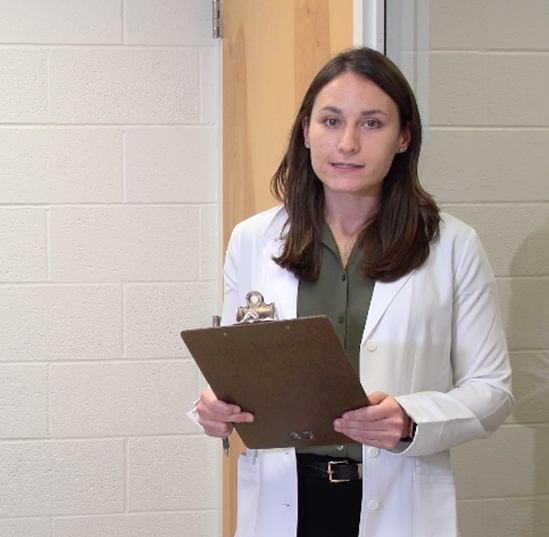
New research from the University of Florida Institute of Food and Agricultural Sciences shows that patients and clients see no difference in competence when their dietitian wears a white coat.
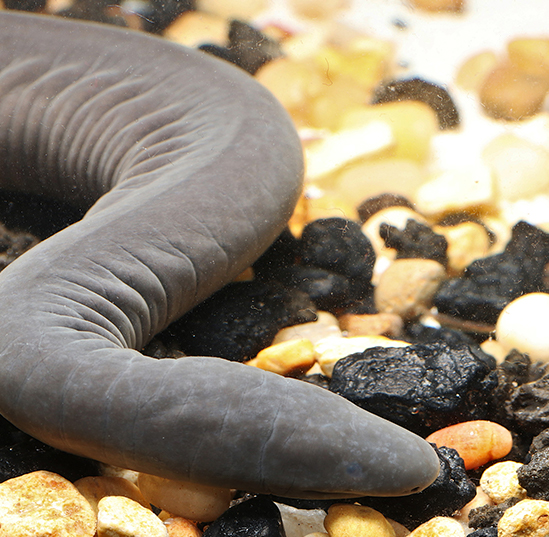
Caecilians have arrived in Miami. Florida Fish and Wildlife biologists captured one of the obscure legless amphibians in the Tamiami Canal, the first example of an introduced caecilian in the U.S.
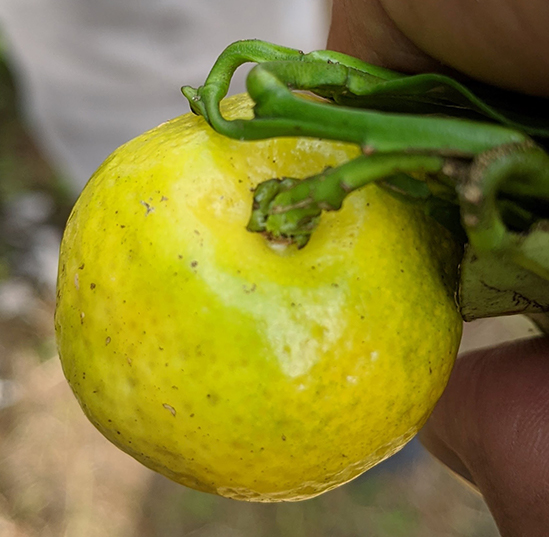
In the ongoing race to find a solution to the devastating citrus greening disease, University of Florida scientists may find the path to the future by looking to the past.
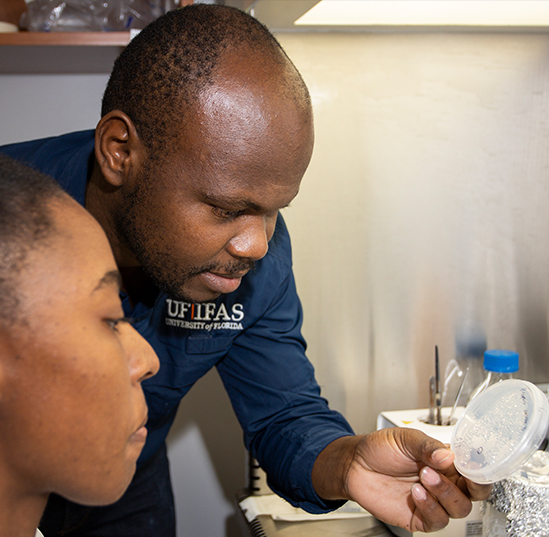
Working in labs and fields across Florida, a new generation of students will start earning a Ph.D. in plant breeding from the University of Florida – the first program of its kind in Florida and one of a few in the nation.
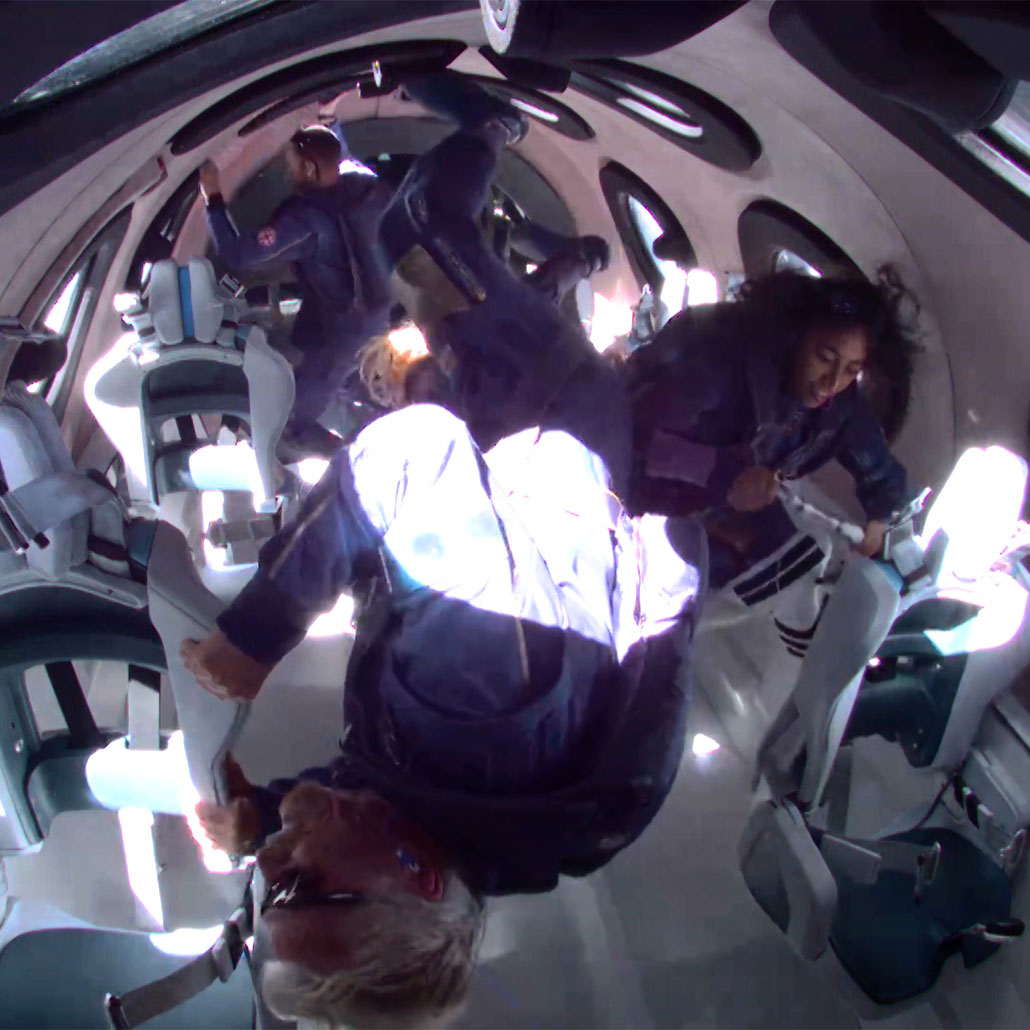
The UF project, funded by NASA’s Flight Opportunities Program, was the only science experiment on the mission, meant to study the impact the transition to and from zero gravity has on gene expression in cells, and, more broadly, to develop protocols for “human-tended” suborbital flights.

The University of Florida’s Eckhoff Steel Bridge team and Concrete Canoe design team have won their respective national competitions. This is the second time in UF’s history that this has happened, the first time was in 2015. No other civil program has accomplished this feat.
